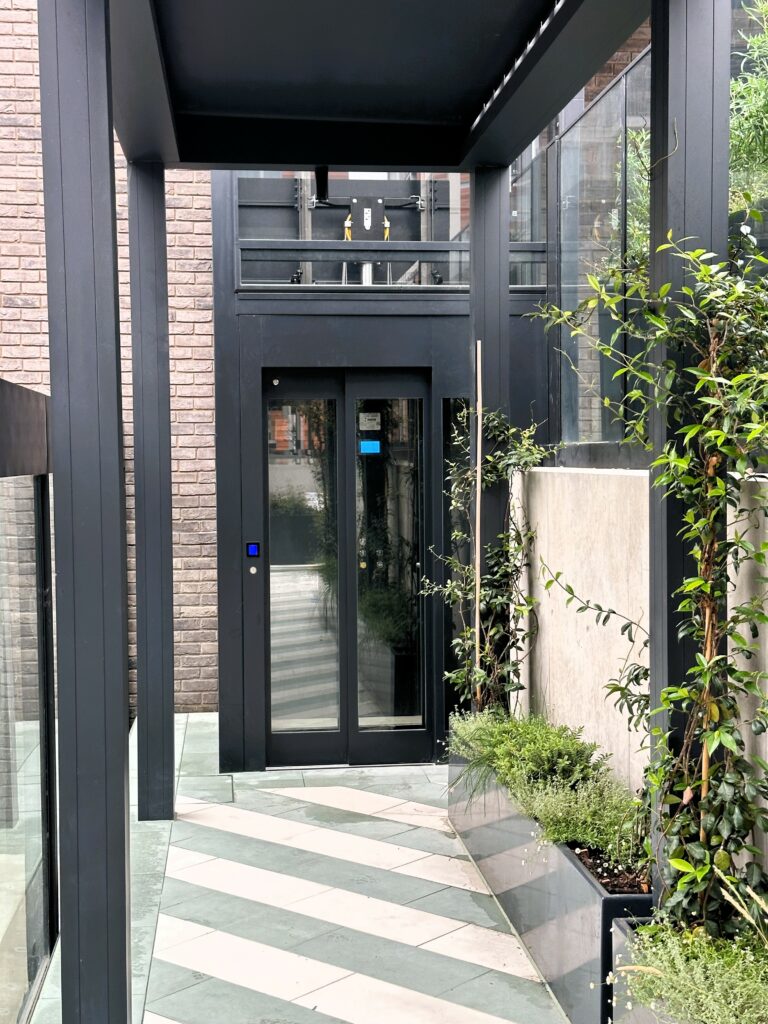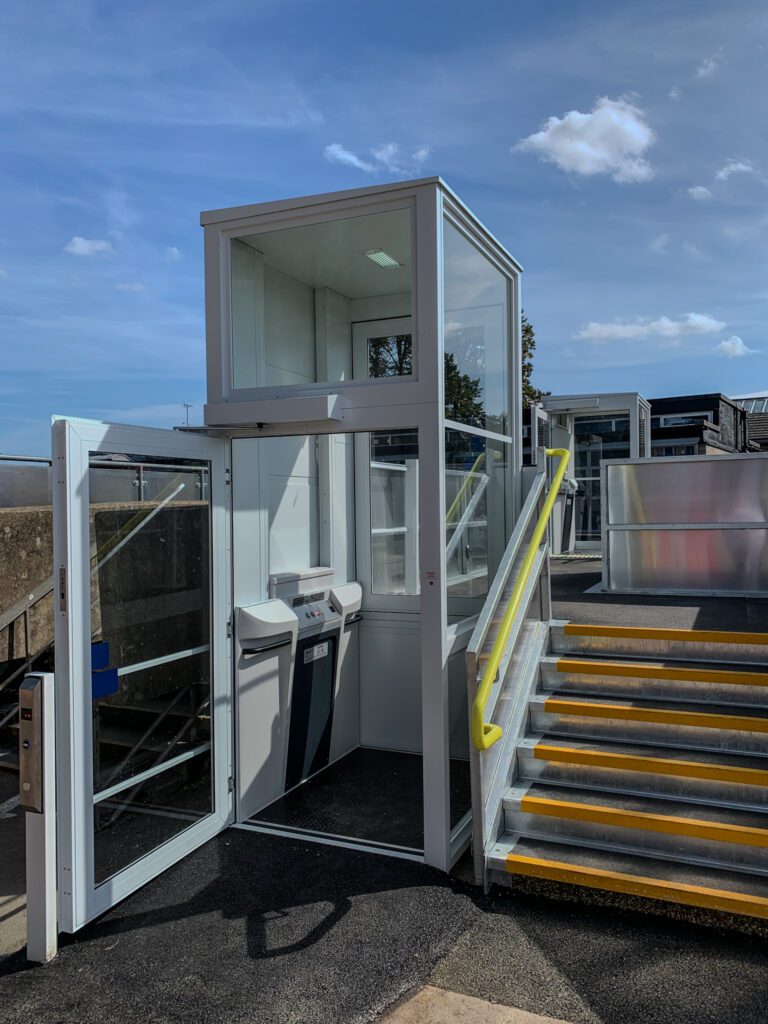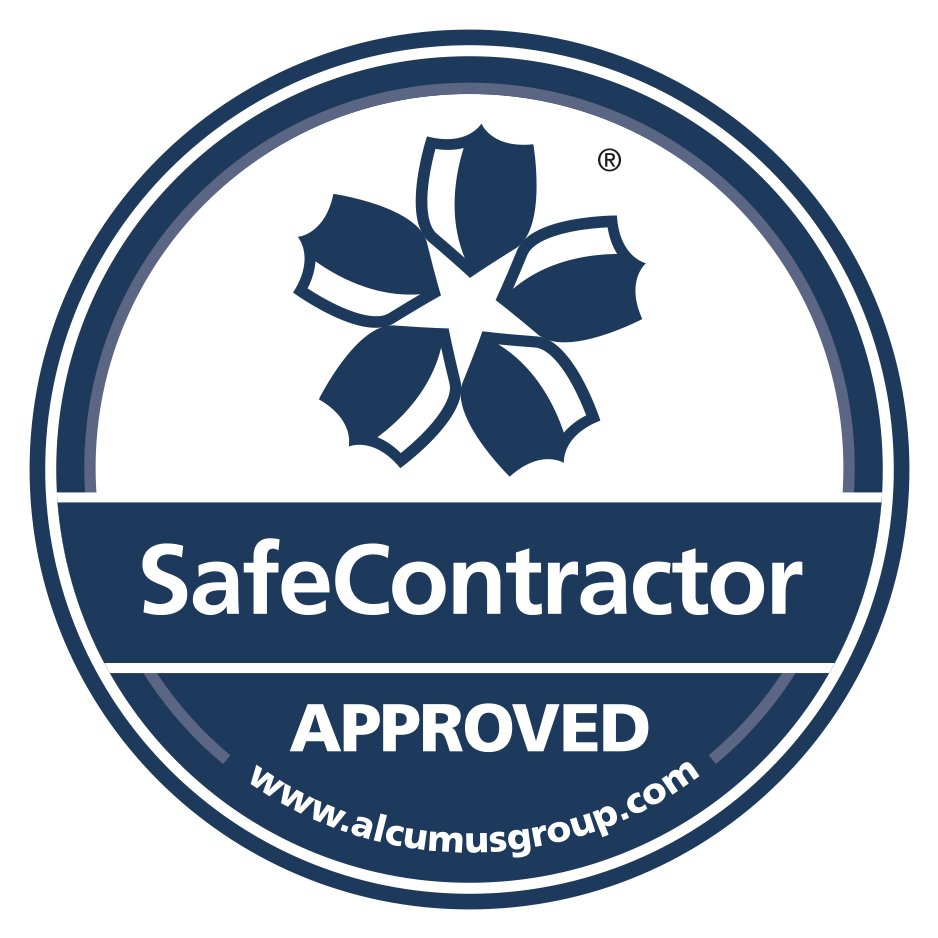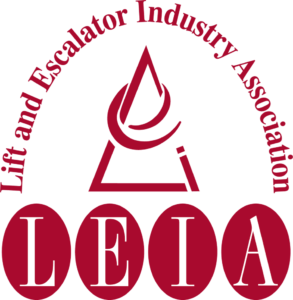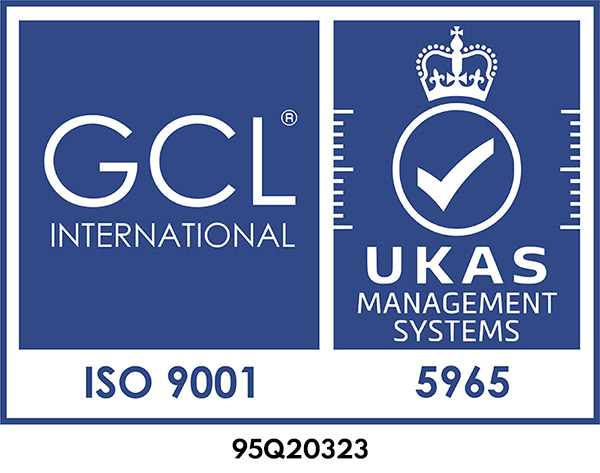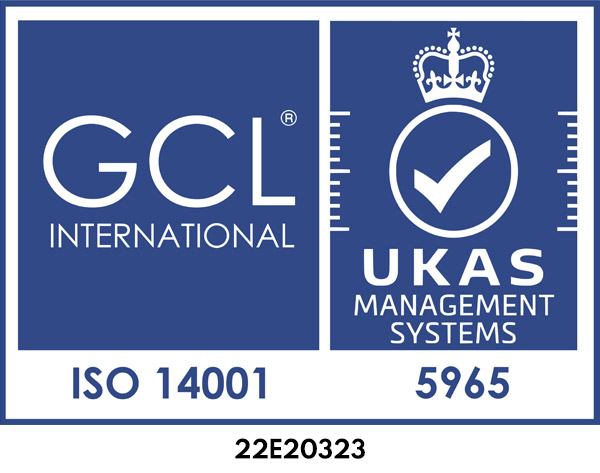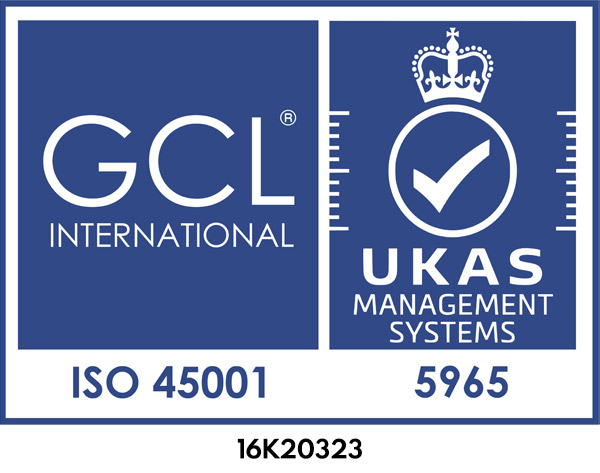Did you know that in the UK, all passenger lifts must undergo a thorough safety inspection every 6 months under the Lifting Operations and Lifting Equipment Regulations (LOLER)? And yet, a surprising number of building owners still fall short of full compliance.
Whether you manage a commercial property, run a residential development, or oversee facilities in a public building, the responsibility for lift safety and legal compliance falls on your shoulders. The good news is that Alliance Platform Lifts is here to help you meet, and exceed, every requirement.
In this guide, we’ll walk you through the essential lift safety features, maintenance standards, and signage requirements that every responsible duty holder needs to know.
Essential Lift Safety Features for Passenger Protection
Safety isn’t optional; it’s engineered into every reliable lift system. At Alliance, we integrate high-performance safety features into all our platform lifts to ensure total peace of mind. Some of the most critical passenger lift safety features include:
Overload Sensors
These sensors continuously monitor the lift’s weight load. If passengers exceed the safe limit, the lift will not operate. It’s a smart way to protect both users and the mechanical system from risk or damage.
Emergency Brakes and Overspeed Governor
If the lift begins to move too quickly due to a fault, emergency brakes activate automatically to bring it to a safe stop. This redundancy is critical in preventing sudden falls or collisions.
Door Safety Systems
Sensors like photocells and light curtains detect obstructions in the doorway. If someone or something is in the way, the doors reverse automatically. No more trapped limbs or crushed parcels.
Fire Service Mode
In case of a fire, lifts must be placed in a secure, firefighter-controlled mode. This ensures lifts aren’t used during evacuation and gives emergency responders secure access to the building.
Emergency Communication Systems
Built-in intercoms and alarm buttons allow passengers to alert emergency services if they become trapped, ensuring help is never far away.
Our platform lift options are not only space-efficient and retrofit-friendly, but also packed with these intelligent safety measures by default. Explore our full range here.
Understanding Lift Maintenance Requirements and Standards
A safe lift is a well-maintained lift. Regular servicing is a legal obligation under UK building regulations. Here’s what you need to know about lift maintenance requirements and standards:
Legal and Regulatory Maintenance Obligations
Under LOLER, passenger lifts must undergo a full examination every 6 months, and goods lifts annually. Duty holders must keep up-to-date records of all inspections, servicing, and repairs.
Additionally, British Standards such as EN81 govern the design, performance, and safety of lifts, including fire protection protocols (EN81-73).
Key Maintenance Tasks
- Routine Cleaning: Keep the cab, shaft, and floor space free from debris to reduce slip risks and component wear.
- Component Inspections: Regularly examine hoist ropes, door mechanisms, brakes, and control systems.
- Testing Safety Systems: Emergency stops, overload alarms, interlocks, and sensors must be tested for proper function.
- Preventive Maintenance: Identify issues before failure through predictive servicing.
- Qualified Engineers: Only trained professionals should carry out any lift servicing or repair.
Alliance Platform Lifts offers comprehensive servicing and upgrade solutions to support your compliance every step of the way.
Building Regulations Lift Requirements in the UK
Building regulations in the UK are clear: if you own or manage a building with a lift, you are legally responsible for its safety. Here are the most important lift-related requirements to understand:
- LOLER 1998
Mandates regular inspections and proper documentation. It also sets the expectations for thorough examinations and competent engineers.
- The Lifts Regulations 2016
Requires that all lifts be CE marked, include a declaration of conformity, and display details of the installer and lift type.
- The Regulatory Reform (Fire Safety) Order 2005
Requires signage and safe operation procedures for lifts in multi-storey buildings, particularly during a fire.
- The Fire Safety (England) Regulations 2022
If your building is 18m+ or 7+ storeys, you must include wayfinding signage and conduct monthly lift checks for any lifts used by firefighters or for evacuation purposes.
Compliance isn’t a choice. It’s your legal duty, and at Alliance, we’re here to ensure you never have to face it alone.
Lift Signage Requirements: What You Must Display
When it comes to compliance, signage is more than just informative – it’s essential. Let’s break down what you need to have visible near or within your lift:
Fire Safety Signage
All lifts in multi-storey buildings must display:
“Caution: In the event of fire, do not use this lift.”
This is mandatory under fire safety regulations to prevent lift use during an evacuation.
Lift Identification and Compliance Labels
Every lift must clearly display the name and address of the installer, serial number, CE marking, and declaration of conformity.
Wayfinding Signage
Required in high-rise residential buildings (18m+). Clear signs showing floor numbers and flat numbers help firefighters navigate the building in an emergency.
General Signage Standards
Signs must be visible, well-contrasted, easy to read, and in English. Good signage is not only required by law, it also enhances user confidence.
How Alliance Supports Your Lift Safety and Compliance Needs
With decades of experience and 50+ engineers across the UK, Alliance Platform Lifts keep lifts compliant, reliable, and safe for life.
Here’s how we support you:
- 24/7 Emergency Support: We’re always on-call for lift breakdowns or safety checks.
- Biannual & Annual Servicing: In line with LOLER requirements for both passenger and goods lifts.
- Expert Upgrades & Modernisation: We retrofit modern features into older systems to boost safety and energy efficiency.
- Documentation & Compliance Guidance: We help you keep the records required by law and assist during inspections.
We work in collaboration with homeowners, architects, and developers to deliver platform lifts with gratifying finishes, smart safety, and unified design. It’s how we’ve become the UK’s trusted name in platform lift solutions.
Conclusion
Whether you’re retrofitting a lift into a heritage property or installing one in a new build, understanding and acting on lift safety requirements is non-negotiable. From advanced passenger lift safety features to rigorous lift maintenance standards and clear lift signage requirements, staying compliant is essential – for legal reasons, and more importantly, for the safety of everyone in your building.
Ready to ensure your lift is fully compliant and optimised for safety? Partner with Alliance Platform Lifts today.
FAQs
What are the most important safety features a passenger lift should have?
Emergency brakes, overload sensors, door safety sensors, and emergency communication systems are critical. These features work together to protect passengers from injury and ensure a safe ride.
How often should lift maintenance be carried out to meet safety standards?
Passenger lifts require thorough inspections every 6 months under LOLER. High-usage lifts may need more frequent servicing. Goods lifts typically need annual checks.
What signage is legally required in lifts to comply with UK building regulations?
At a minimum:
- “In the event of fire, do not use this lift” signage
- Lift ID, CE mark, and installer details
- Wayfinding signage in high-rise residential buildings
All signage must be clear, visible, and in English.
Need a service quote or lift upgrade? Book your free consultation with Alliance Platform Lifts today.

